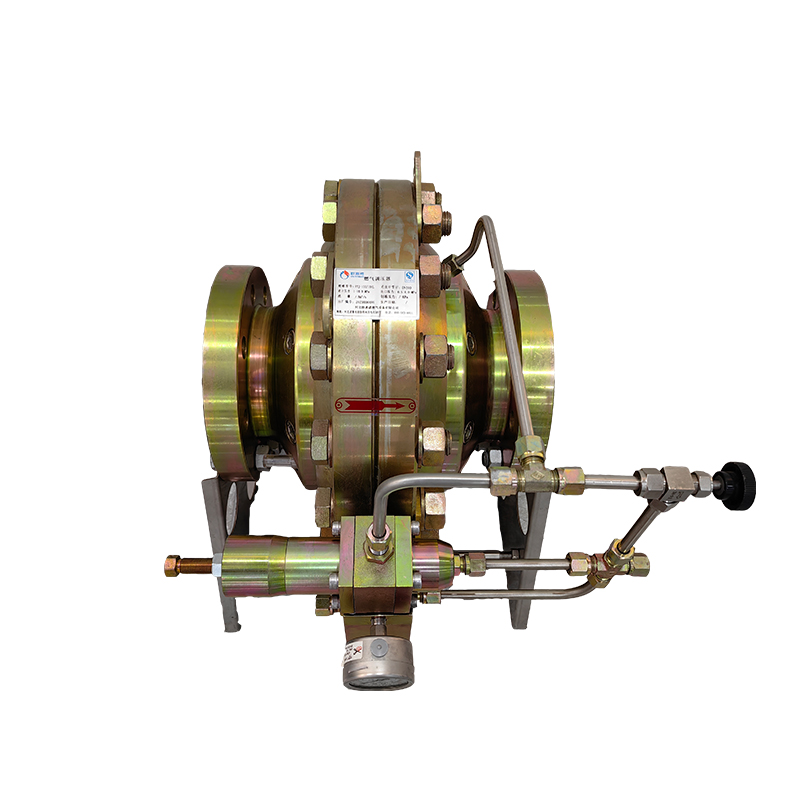
Dec . 05, 2024 14:04
Back to list
electric heaters
Electric Heaters A Comprehensive Overview
As the chill of winter envelops many parts of the world, electric heaters become an indispensable ally in maintaining indoor comfort. These appliances are designed to convert electrical energy into heat, thereby providing warmth in homes, offices, and other establishments. In this article, we will explore the various types of electric heaters, their advantages and disadvantages, and practical tips for selecting the right one to meet your heating needs.
Types of Electric Heaters
Electric heaters can be broadly categorized into several types, each suitable for different heating requirements.
1. Convection Heaters These heaters work by warming the air around them. As the air heats up, it rises, creating a circulation of warm air throughout the room. Popular examples include panel heaters and baseboard heaters.
2. Radiant Heaters Unlike convection heaters, radiant heaters emit infrared radiation that heats objects and people directly in their path. They are perfect for spot heating and are commonly found in garages or as portable heaters.
3. Fan Heaters These units combine convection heating and a fan to distribute the warm air quickly across a space. They are particularly effective for rapidly warming small rooms.
4. Oil-Filled Radiators These heaters contain oil that is heated electrically, which then radiates warmth into the surrounding area. They are energy-efficient and provide consistent heat for a longer period even after being turned off.
5. Infrared Heaters Utilizing infrared technology, these heaters directly warm objects and individuals rather than heating the air. They are typically more energy-efficient and perfect for outdoor use.
Advantages of Electric Heaters
electric heaters

Electric heaters come with numerous benefits. One of the most significant advantages is their ease of use. Most models are portable, allowing for flexible placement and immediate warmth without the need for complex installation. Additionally, electric heaters can be very efficient, particularly when used in small to medium-sized spaces. They also produce no emissions, making them an environmentally friendly choice for heating.
Another key benefit is safety. Modern electric heaters often come equipped with safety features such as tip-over switches and overheat protection, reducing the risk of fires.
Disadvantages of Electric Heaters
While electric heaters are advantageous, they do have some drawbacks. One notable concern is the cost of electricity; in some regions, running electric heaters can be significantly more expensive compared to other heating systems. Moreover, electric heaters usually work best in smaller spaces, and using them to heat larger areas can lead to inefficiencies.
Selecting the Right Electric Heater
When choosing an electric heater, several factors should be considered. First, assess the space you need to heat. For larger areas, a convection heater with a fan may be more effective. In contrast, for targeted heating, a radiant heater or infrared heater would be ideal.
Energy efficiency is another important aspect. Look for units with high Energy Star ratings to minimize electricity costs. Finally, check for safety features, especially if you have children or pets at home, to ensure a safe heating environment.
Conclusion
Electric heaters are a versatile and effective solution for combating the cold, making them a popular choice for many households. By understanding the different types available and their respective advantages and disadvantages, consumers can make informed choices tailored to their specific heating needs. With the right electric heater, you can turn the winter chill into a cozy and comfortable indoor environment.
Next:
Latest news
-
Safety Valve Spring-Loaded Design Overpressure ProtectionNewsJul.25,2025
-
Precision Voltage Regulator AC5 Accuracy Grade PerformanceNewsJul.25,2025
-
Natural Gas Pressure Regulating Skid Industrial Pipeline ApplicationsNewsJul.25,2025
-
Natural Gas Filter Stainless Steel Mesh Element DesignNewsJul.25,2025
-
Gas Pressure Regulator Valve Direct-Acting Spring-Loaded DesignNewsJul.25,2025
-
Decompression Equipment Multi-Stage Heat Exchange System DesignNewsJul.25,2025

